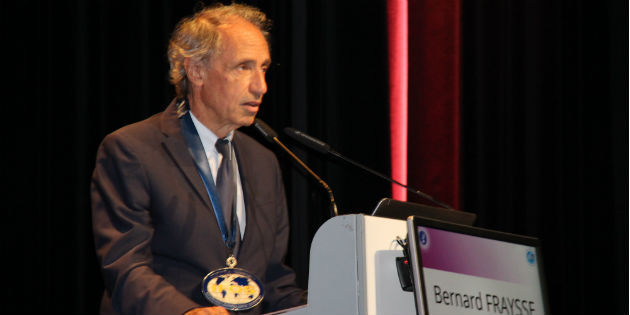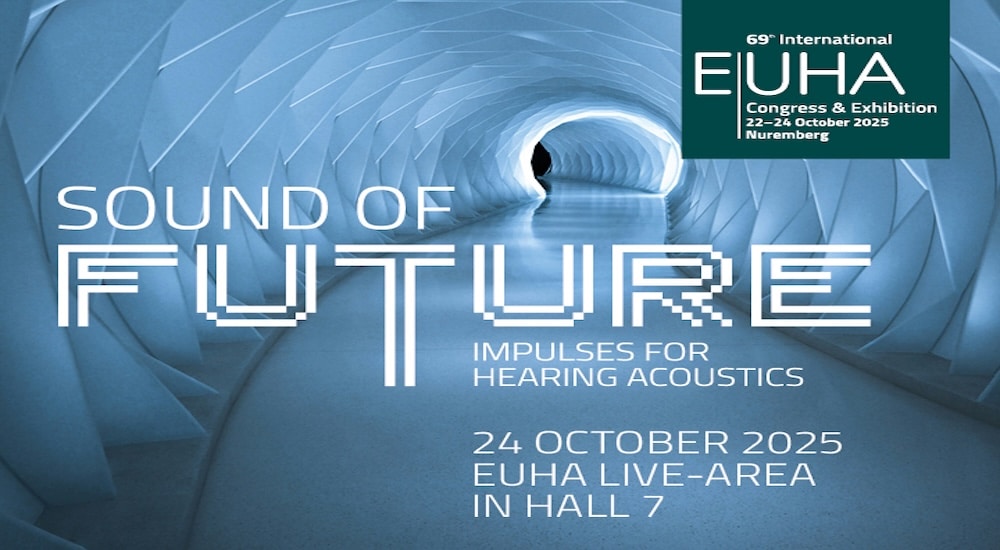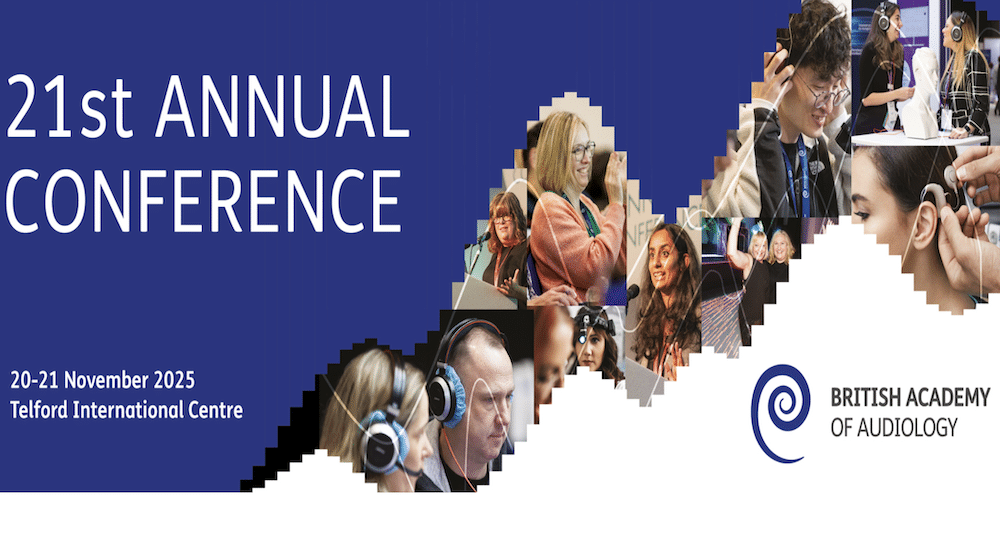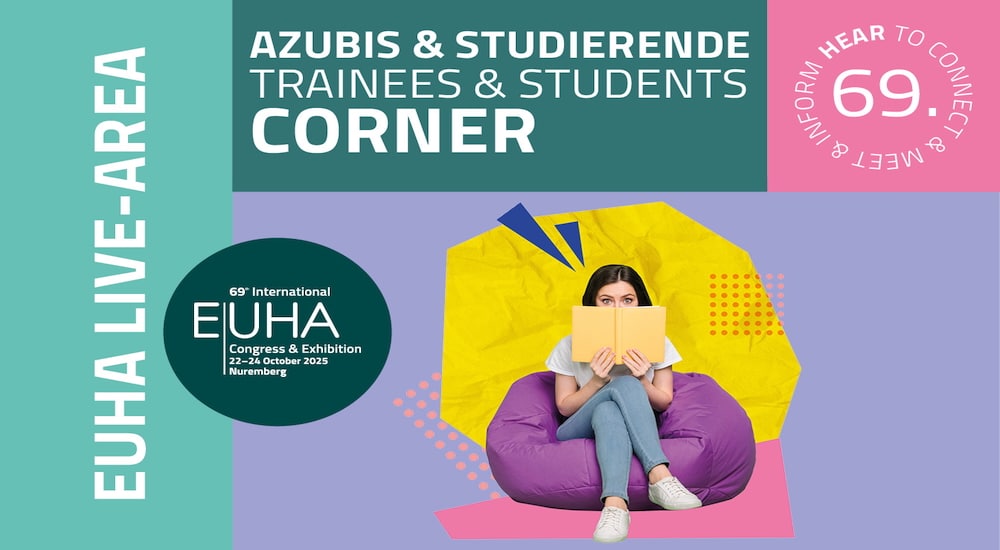IFOS 2017: an unprecedented meeting of international opinion leaders in ENT
ENT World Congress
The ENT World Congress IFOS 2017, which was held in Paris from June 24 to 28, had a record number of attendees.

Five days dedicated to scientific knowledge and innovation in ENT, with conferences, workshops, round tables and much more, and of course a large industry tradeshow. The French Society for ORL (SFORL) organized the event under the leadership of Prof. Bernard Fraysse and offered an edition that will be remembered as a milestone in the discipline, highlighting the influence of French ENT beyond the borders of the country.
The SFORL, leading IFOS Paris 2017
The success of this edition is clearly thanks to the energy of the French Society for ORL and its members, who went to great lengths to prepare the congress. Among these members, Prof. Bernard Fraysse wanted to thank in particular Prof. Frédéric Chabolle, President of the SFORL and General Secretary of IFOS Paris 2017, Prof. Dominique Chevalier, General Secretary of the SFORL and Vice-President of IFOS Paris 2017, Dr Jean-Marc Juvanon, Vice-General Secretary of IFOS Paris 2017, and Prof. Emmanuel Babin, President of the scientific program of IFOS Paris 2017. Professor Chabolle talked about the beginnings of the SFORL. The society was created in 1882 with just 55 members and 12 correspondents, and today can count in its ranks opinion leaders with international reputations in each specialization, as well as more than 2,300 members and 600 correspondents.
Diversity in approaches
During the opening ceremony on June 24, which set the tone for this French edition of the congress, Prof. Fraysse presented the three facets of the scientific program: diversity, innovation, and evaluation. A vision that is strongly influenced by the French perspective, which grants much importance to diversity of practices and considers the transmission of knowledge as a factor of progress. The congress thus fulfilled its training mission, especially for the new generations of ENT specialists who were well represented at IFOS 2017. In fact, no less than 53% of the participants were under 45 years of age, and 50% were attending this international get-together for the first time. In all, 4,785 abstracts were submitted to the scientific committee and 1,553 speakers presented the diagnostic and therapeutic innovations of the field.
A roadmap for the next four years
The 2017 congress was also the occasion for the new President of the IFOS to present the missions of the organization for the coming four years: “Promote overall changes in the ENT field taking into account its diversities, represent the Society at the international level (World Health Organization and the United Nations), and propose educational and human resources for the various cross-functional, humanitarian and continued education missions in the field worldwide.” IFOS Paris 2017 provided the SFORL the opportunity to put forward three important projects: first, the adoption of the European Annals of Otorhinolaryngology-Head and Neck Diseases as the official journal of the IFOS; second, the creation of a Federation of Young Physicians that will be run by Prof. Nicolas Fakhry (Marseille); and third, showcasing what France has to offer and the high scientific level of its teams.
An unprecedented meeting of international opinion leaders in ENT
A few hours from the end of the 2017 edition of the international ENT congress, the President of IFOS, Prof. Bernard Fraysse, talks about how successful the event has been and the progress highlighted by the various discussions.
“The congress we’re closing today has been a great success for the IFOS but also for the SFORL. The edition we organized brought together some 8,500 participants from 135 different countries. This is the first time that a world congress has brought together opinion leaders from every continent. There was so much interest we even had to manage conference room space. And the feedback we’ve had from participants points out the exceptionally high scientific level of the program. Several major themes have emerged from this congress and in particular the importance of early detection of hearing disorders in both children and adults. On the one hand, the key outcome is language development, and on the other, decreasing cognitive decline. In this regard, it seems preferable to consider systematic screening for hearing loss from 65 years of age by general practitioners.
In both cases, it is clear that we need to continue our work and assessments to determine the relevance and effectiveness of the various management options, whether speech therapy, hearing aids, or implants.
The second major step is related to technical progress and specifically progress concerning processors for implants or hearing aids that have substantially improved understanding in noise or in meeting environments.
Lastly, an innovative technique is showing promising results: intratympanic injections. This may involve corticosteroids (anti-inflammatories) for sudden hearing loss of vascular, traumatic or inflammatory origin; gentamicin in progressive Meniere’s disease; or anti-TNFα or anti-NMDA anti-inflammatories in chronic disabling tinnitus, auto-immune deafness, and trauma-related or infectious tinnitus.”
Read here our Audiology Worldnews special magazine for the ENT World Congress (cost-free flipbook, no registration required).


